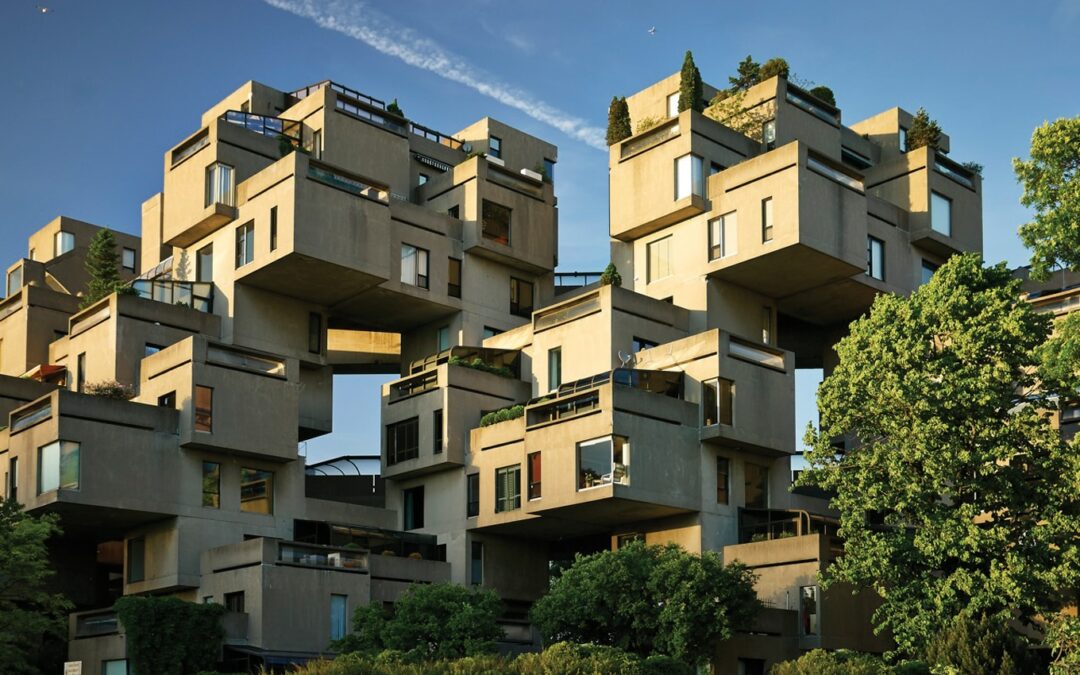Did you know Modular Building and Optimized Building represent distinct yet interconnected concepts in the construction industry? Modular building focuses on the use of standardized, pre-fabricated components such as panels, racks, pods, and kits of parts, assembled off-site and transported for efficient on-site construction. In contrast, optimized building is a comprehensive strategy aimed at improving the entire building process, integrating modularity as one of its elements. The seven key elements of optimized building include a collaborative data environment, modular building types on a chassis, standardized construction assembly modules, templates, standards, and workflows, collaboratively integrated partner organizations, selling modular buildings with defined design options, and scalable building sales. The objective of optimized building is to deliver higher quality and performance buildings to the market in shorter time frames and at reduced costs, impacting various facets of the construction process, from data structuring and material procurement to project teams, sales, and assembly. While modular building is a specific approach, optimized building encompasses a broader and more strategic vision for enhancing the efficiency of the entire building lifecycle.
Search The Build Blog
Recent Posts
- DYK – How does the BoD impact on Optimized Building and meeting BUSA’s mission?
- What is the Design-Build Construction Method? A Quick Introduction
- DYK – Who controls how the BoD are changed and implemented?
- DYK – Over the centuries,what has driven change in the (BoD)?
- 5 Stages of an Architectural Design Process
